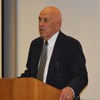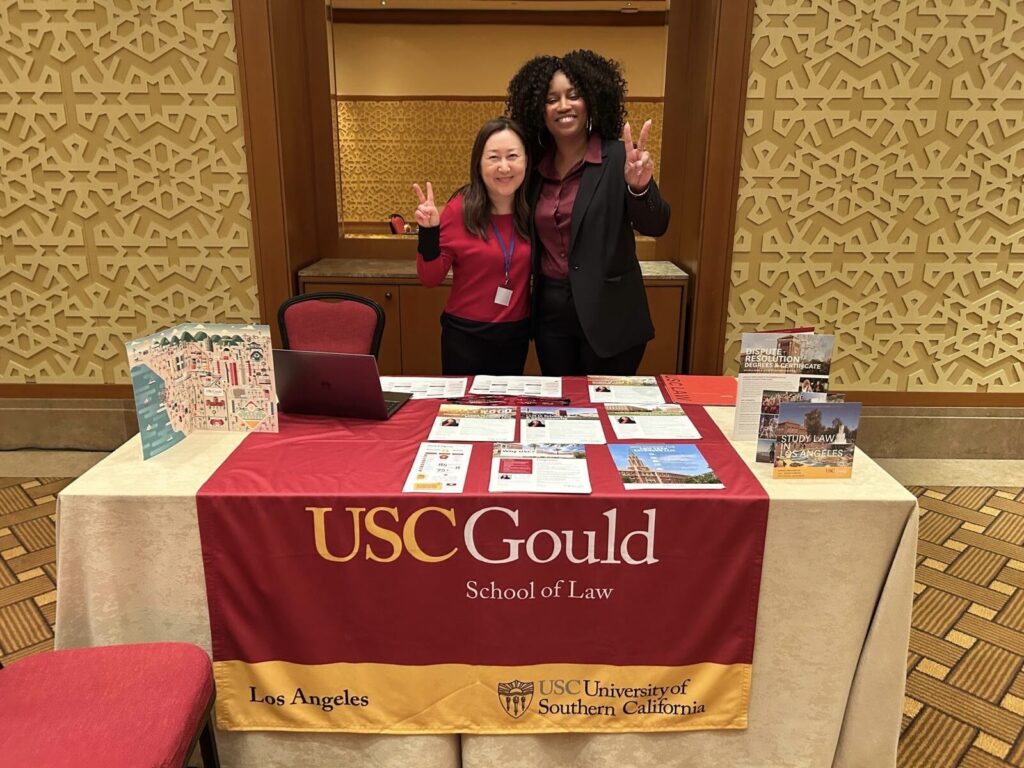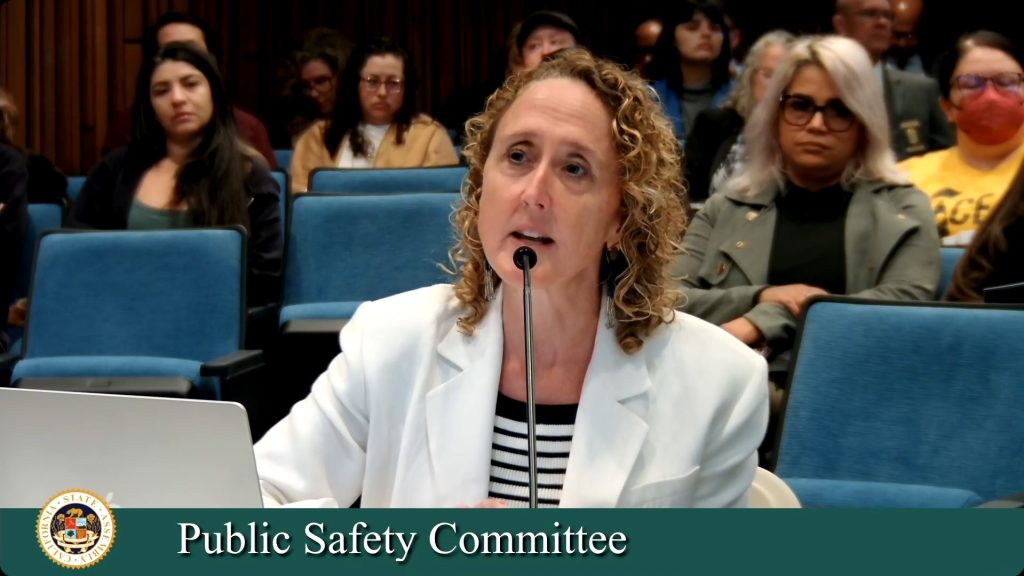Judge details billions spent on CA death penalty
Will California voters decide to abolish the state’s death penalty when they go to the polls next week? The USC Gould School of Law recently hosted two guests who shared their considerable thoughts on the issue with dozens of students.
.jpg) |
| Judge Arthur Alarcon '51 |
Ninth Circuit Judge Arthur Alarcon ’51 and Paula Mitchell, an adjunct professor at Loyola Law School, spoke about their research on the cost of California’s death penalty system. Their work is part of a larger conversation about Proposition 34, which would abolish the death penalty in favor of a punishment of life in prison without the possibility of parole.
“I cannot take a position on Prop 34, but I’m here to tell you that the public in California has not been told the truth about the costs associated with the death penalty,” said Alarcon, who received both his undergraduate and law degrees from USC.
.jpg) |
| Paula Mitchell |
Alarcon and Mitchell began their research seven years ago and co-wrote the article, “Costs of Capital Punishment in California: Will Voters Choose Reform this November?” earlier this year. Their study found that since 1978, California’s death penalty system has cost state taxpayers $4 billion more than it would have had life without parole been the harshest punishment.
The article also expanded on issues raised in Alarcon and Mitchell’s 2011 article, “Executing the Will of the Voters?: A Roadmap to Mend or End the California Legislature’s Multi-Billion-Dollar Death Penalty Debacle.” Their earlier research found that if the current system is maintained, California voters will spend from $5 billion to $7 billion more between now and 2050 than they would without the current death penalty system.
.jpg) “The California Court of Appeals, which is the state’s highest court, spends a third of its time on death penalty cases,” Alarcon said. “That is a huge allocation of very valuable and scarce public resources.”
“The California Court of Appeals, which is the state’s highest court, spends a third of its time on death penalty cases,” Alarcon said. “That is a huge allocation of very valuable and scarce public resources.”
Mitchell explained the duo’s methodology of carefully examining all California death penalty cases since the late 1970s.
“You’re going to come across problems and questions like this in your career, and I encourage you to get resourceful,” Mitchell told the students. “That’s basically what we’ve done here with these two articles and how we will help give transparency to the California voters.”

















